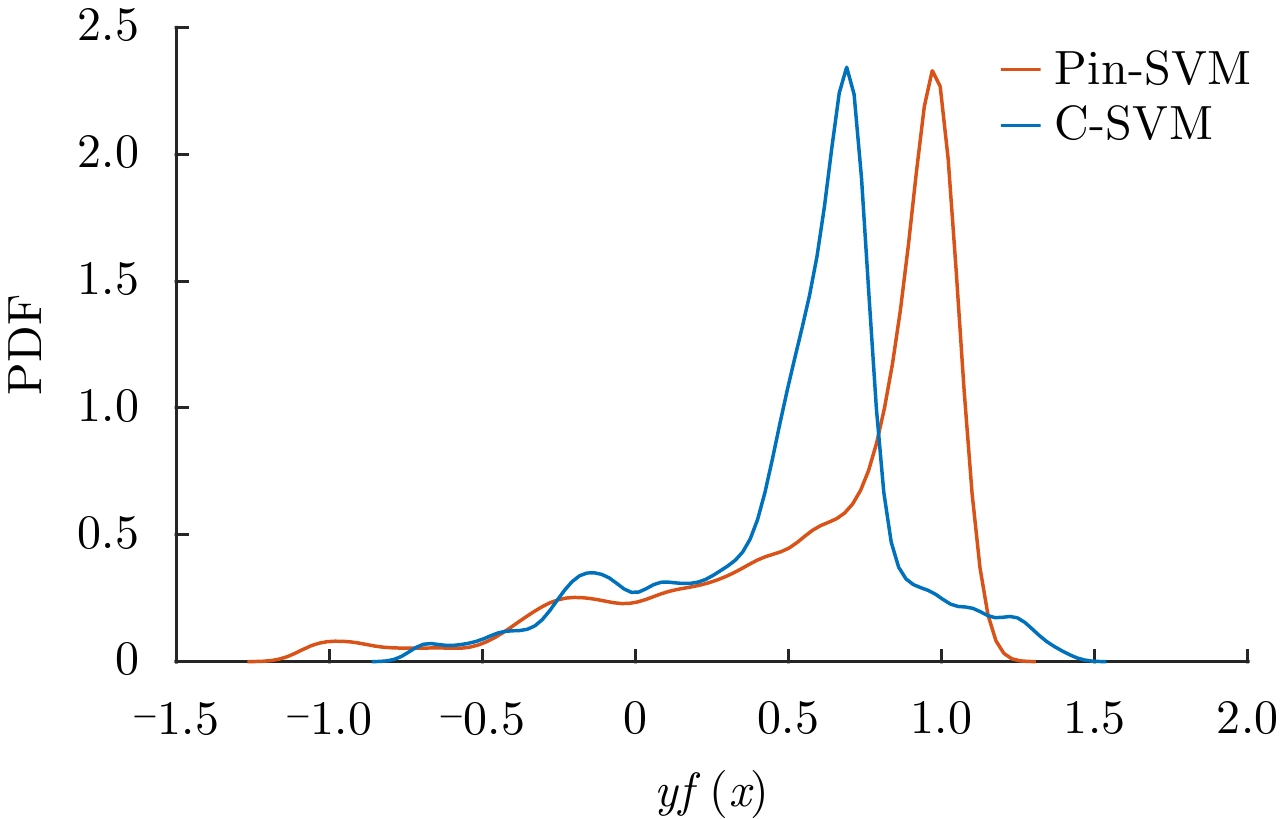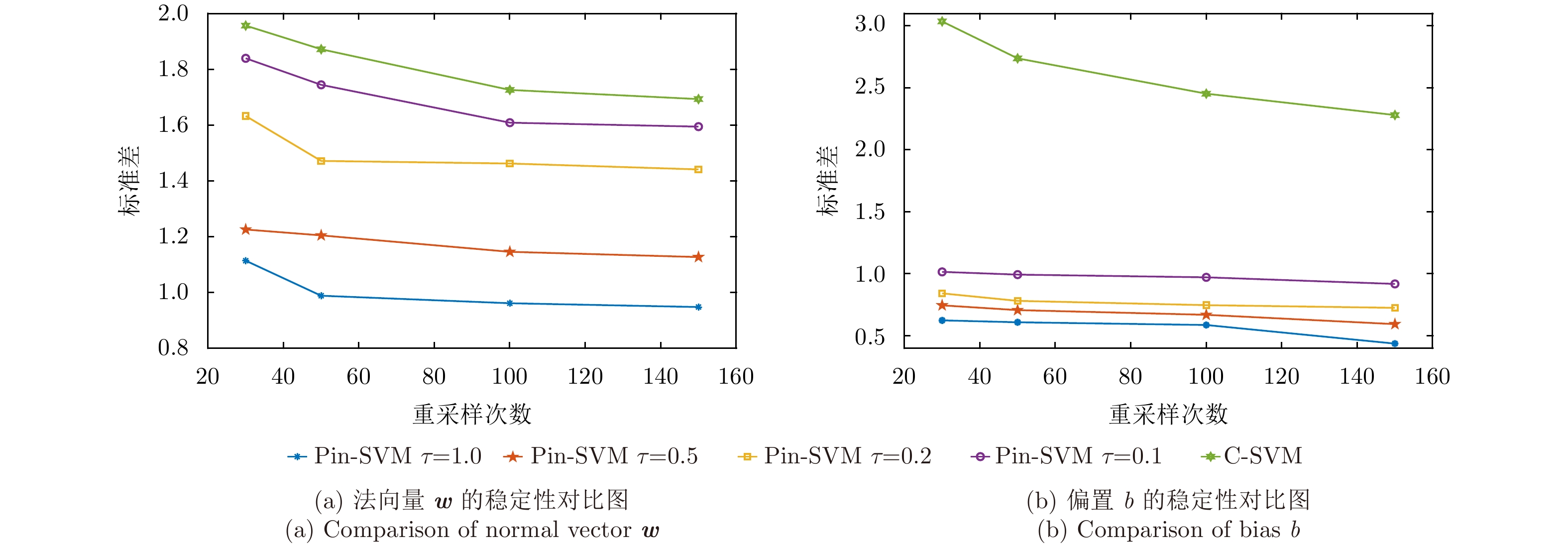| [1] |
CHEN Qiang, KUANG Gangyao, LI J, et al. Unsupervised land cover/land use classification using PolSAR imagery based on scattering similarity[J]. IEEE Transactions on Geoscience and Remote Sensing, 2013, 51(3): 1817–1825. doi: 10.1109/tgrs.2012.2205389 |
| [2] |
LI Wenmei, CHEN Erxue, LI Zengyuan, et al. Forest aboveground biomass estimation using polarization coherence tomography and PolSAR segmentation[J]. International Journal of Remote Sensing, 2015, 36(2): 530–550. doi: 10.1080/01431161.2014.999383 |
| [3] |
FOUCHER S, LANDRY T, LÓPEZ-MARTÍNEZ C, et al. An evaluation of PolSAR speckle filters on compact-pol images[C]. Proceedings of 2012 IEEE International Geoscience and Remote Sensing Symposium, Munich, Germany, 2012: 5089–5092. doi: 10.1109/IGARSS.2012.6352466. |
| [4] |
LIU Xunan and CHENG Bo. Polarimetric SAR speckle filtering for high-resolution SAR images using RADARSAT-2 POLSAR SLC data[C]. Proceedings of 2012 International Conference on Computer Vision in Remote Sensing, Xiamen, China, 2012: 329–334. doi: 10.1109/CVRS.2012.6421284. |
| [5] |
滑文强, 王爽, 侯彪. 基于半监督学习的SVM-Wishart极化SAR图像分类方法[J]. 雷达学报, 2015, 4(1): 93–98. doi: 10.12000/JR14138HUA Wenqiang, WANG Shuang, and HOU Biao. Semi-supervised learning for classification of polarimetric SAR images based on SVM-Wishart[J]. Journal of Radars, 2015, 4(1): 93–98. doi: 10.12000/JR14138 |
| [6] |
ZHANG Yue, ZOU Huanxin, SHAO Ningyuan, et al. Unsupervised classification of polsar imagery based on consensus similarity network fusion[C]. Proceedings of 2017 IEEE International Geoscience and Remote Sensing Symposium, Fort Worth, USA, 2017: 3266–3269. doi: 10.1109/IGARSS.2017.8127694. |
| [7] |
BI Haixia, SUN Jian, and XU Zongben. Unsupervised PolSAR image classification using discriminative clustering[J]. IEEE Transactions on Geoscience and Remote Sensing, 2017, 55(6): 3531–3544. doi: 10.1109/TGRS.2017.2675906 |
| [8] |
FERRO-FAMIL L, POTTIER E, and LEE J S. Unsupervised classification of multifrequency and fully polarimetric SAR images based on the H/A/Alpha-Wishart classifier[J]. IEEE Transactions on Geoscience and Remote Sensing, 2001, 39(11): 2332–2342. doi: 10.1109/36.964969 |
| [9] |
SHANG Fang and HIROSE A. Use of Poincare sphere parameters for fast supervised PolSAR land classification[C]. Proceedings of 2013 IEEE International Geoscience and Remote Sensing Symposium, Melbourne, Australia, 2013: 3175–3178. doi: 10.1109/IGARSS.2013.6723501. |
| [10] |
DABBOOR M and SHOKR M. A new likelihood ratio for supervised classification of fully polarimetric SAR data: An application for sea ice type mapping[J]. ISPRS Journal of Photogrammetry and Remote Sensing, 2013, 84: 1–11. doi: 10.1016/j.isprsjprs.2013.06.010 |
| [11] |
ZHANG Lamei, SUN Liangjie, ZOU Bin, et al. Fully polarimetric SAR image classification via sparse representation and polarimetric features[J]. IEEE Journal of Selected Topics in Applied Earth Observations and Remote Sensing, 2015, 8(8): 3923–3932. doi: 10.1109/JSTARS.2014.2359459 |
| [12] |
HE Kaiming, ZHANG Xiangyu, REN Shaoqing, et al. Deep residual learning for image recognition[C]. Proceedings of 2016 IEEE Conference on Computer Vision and Pattern Recognition, Las Vegas, USA, 2016: 770–778. doi: 10.1109/CVPR.2016.90. |
| [13] |
VAPNIK V N. The Nature of Statistical Learning Theory[M]. New York, US: Springer-Verlag, 2000: 267–290. doi: 10.1007/978-1-4757-3264-1. |
| [14] |
MAGHSOUDI Y, COLLINS M J, and LECKIE D G. Radarsat-2 polarimetric SAR data for boreal forest classification using SVM and a wrapper feature selector[J]. IEEE Journal of Selected Topics in Applied Earth Observations and Remote Sensing, 2013, 6(3): 1531–1538. doi: 10.1109/JSTARS.2013.2259219 |
| [15] |
CHEN Wenshuai, HAI Dong, GOU Shuiping, et al. Classification of PolSAR images based on SVM with Self-Paced learning optimization[C]. Proceedings of 2018 IEEE International Geoscience and Remote Sensing Symposium, Valencia, Spain, 2018: 4491–4494. doi: 10.1109/IGARSS.2018.8517452. |
| [16] |
SUYKENS J A K and VANDEWALLE J. Least squares support vector machine classifiers[J]. Neural Processing Letters, 1999, 9(3): 293–300. doi: 10.1023/a:1018628609742 |
| [17] |
WANG Yidan, YANG Liming, and YUAN Chao. A robust outlier control framework for classification designed with family of homotopy loss function[J]. Neural Networks, 2019, 112: 41–53. doi: 10.1016/j.neunet.2019.01.013 |
| [18] |
BO Liefeng, WANG Ling, and JIAO Licheng. Recursive finite newton algorithm for support vector regression in the primal[J]. Neural Computation, 2007, 19(4): 1082–1096. doi: 10.1162/neco.2007.19.4.1082 |
| [19] |
WU Yichao and LIU Yufeng. Robust truncated hinge loss support vector machines[J]. Journal of the American Statistical Association, 2007, 102(479): 974–983. doi: 10.1198/016214507000000617 |
| [20] |
LIU Dalian, SHI Yong, and TIAN Yingjie. Ramp loss nonparallel support vector machine for pattern classification[J]. Knowledge-Based Systems, 2015, 85: 224–233. doi: 10.1016/j.knosys.2015.05.008 |
| [21] |
HUANG Xiaolin, SHI Lei, and SUYKENS J A K. Support vector machine classifier with pinball loss[J]. IEEE Transactions on Pattern Analysis and Machine Intelligence, 2014, 36(5): 984–997. doi: 10.1109/tpami.2013.178 |
| [22] |
BO Liefeng, WANG Ling, and JIAO Licheng. Feature scaling for kernel fisher discriminant analysis using leave-one-out cross validation[J]. Neural Computation, 2006, 18(4): 961–978. doi: 10.1162/neco.2006.18.4.961 |
| [23] |
SCHOLKOPF B, MIKA S, BURGES C J C, et al. Input space versus feature space in kernel-based methods[J]. IEEE Transactions on Neural Networks, 1999, 10(5): 1000–1017. doi: 10.1109/72.788641 |
| [24] |
ZHANG Lamei, ZOU Bin, CAI Hongjun, et al. Multiple-component scattering model for polarimetric SAR image decomposition[J]. IEEE Geoscience and Remote Sensing Letters, 2008, 5(4): 603–607. doi: 10.1109/lgrs.2008.2000795 |
| [25] |
CLOUDE S R and POTTIER E. An entropy based classification scheme for land applications of polarimetric SAR[J]. IEEE Transactions on Geoscience and Remote Sensing, 1997, 35(1): 68–78. doi: 10.1109/36.551935 |
| [26] |
HARALICK R M, SHANMUGAM K, and DINSTEIN I. Textural features for image classification[J]. IEEE Transactions on Systems, Man, and Cybernetics, 1973, SMC-3(6): 610–621. doi: 10.1109/TSMC.1973.4309314 |
| [27] |
DEKKER R J. Texture analysis of urban areas in ERS SAR imagery for map updating[C]. Proceedings of IEEE/ISPRS Joint Workshop on Remote Sensing and Data Fusion over Urban Areas, Rome, Italy, 2001: 226–230. doi: 10.1109/DFUA.2001.985885. |
| [28] |
LEE J S, GRUNES M R, and DE GRANDI G. Polarimetric SAR speckle filtering and its implication for classification[J]. IEEE Transactions on Geoscience and Remote Sensing, 1999, 37(5): 2363–2373. doi: 10.1109/36.789635 |




 Submit Manuscript
Submit Manuscript Peer Review
Peer Review Editor Work
Editor Work





 DownLoad:
DownLoad:







